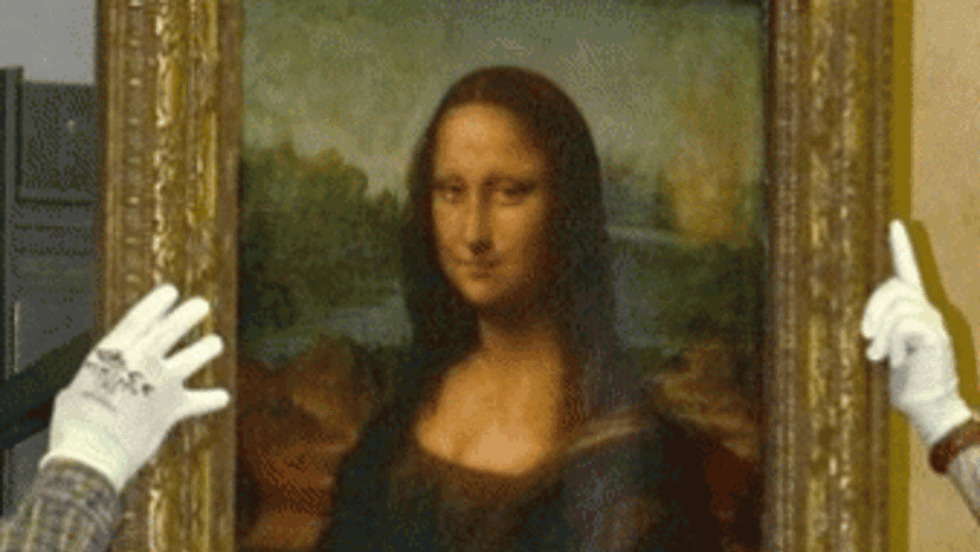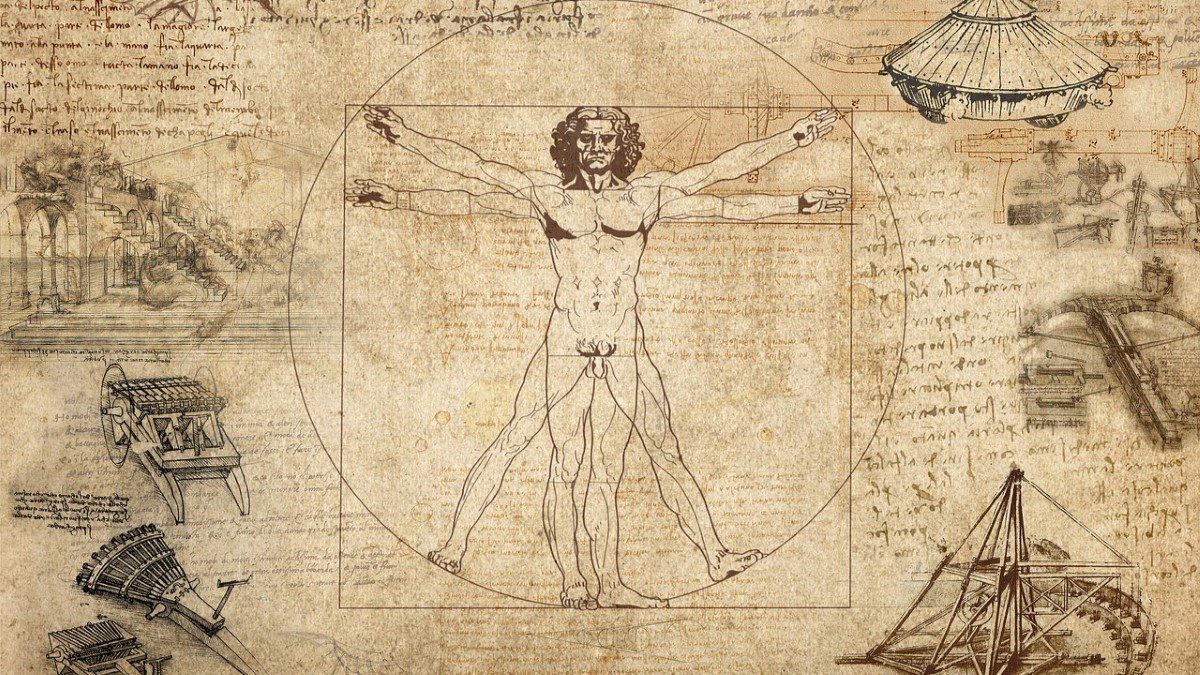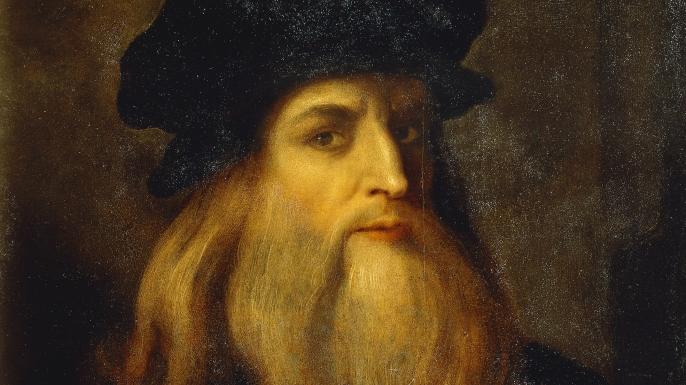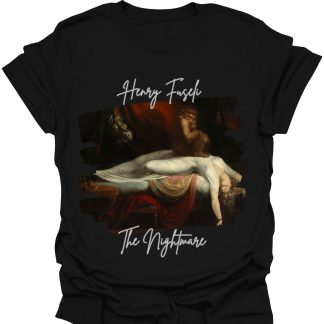
The Mona Lisa, one of the most famous paintings in the world, has captivated viewers for centuries with her enigmatic expression and subtle beauty. Created by Leonardo da Vinci, this iconic work of art is housed in the Louvre Museum in Paris, where it draws millions of visitors each year. The painting is not only a testament to da Vinci’s artistic genius but also a symbol of the Renaissance period, which saw an explosion of creativity and humanistic thought.
Historical Context
Leonardo da Vinci began painting the Mona Lisa around 1503, during the height of the Renaissance, a time characterized by significant advancements in art, science, and culture. The portrait is believed to depict Lisa Gherardini, the wife of a wealthy Florentine merchant, Francesco del Giocondo. Hence, the painting is also known as “La Gioconda.” The Mona Lisa was commissioned to celebrate the birth of Lisa and Francesco’s second son, Andrea.
Da Vinci worked on the painting for several years, bringing his vast knowledge of anatomy, light, and shadow to the forefront. The Mona Lisa was still in his possession when he moved to France in 1516, and it remained with him until his death in 1519. It was acquired by King Francis I of France and eventually became part of the royal collection, later moving to the Louvre Museum after the French Revolution.
Artistic Techniques
The Mona Lisa is celebrated for its sophisticated use of sfumato, a technique pioneered by da Vinci that involves the delicate blending of colors and tones. This method creates a soft, almost imperceptible transition between light and shadow, giving the painting a lifelike quality. The mysterious smile of the Mona Lisa is a prime example of sfumato at work, as it appears to change depending on the viewer’s perspective and the lighting conditions.
Another remarkable feature of the painting is its use of perspective. Da Vinci employed aerial perspective to give the background a sense of depth, making the distant mountains and winding rivers appear hazy and atmospheric. This technique enhances the realism of the portrait and draws the viewer’s eye towards the figure of the Mona Lisa.
The Enigmatic Smile
The Mona Lisa’s smile has been the subject of endless fascination and debate. It is a smile that seems to conceal as much as it reveals, adding to the painting’s mystique. Some art historians suggest that the smile reflects a complex range of emotions, while others believe it is an expression of serene contentment. Advances in digital imaging and scientific analysis have revealed that da Vinci used multiple layers of thin glaze to achieve this effect, further underscoring his meticulous attention to detail.
Cultural Impact
The Mona Lisa has transcended its status as a mere painting to become a cultural icon. It has been referenced in countless works of literature, music, and film, and has inspired numerous reproductions and parodies. The painting’s fame skyrocketed in 1911 when it was stolen from the Louvre by an Italian nationalist, Vincenzo Peruggia, who believed it belonged in Italy. The Mona Lisa was recovered two years later, but the theft only added to its legend.
In the modern era, the Mona Lisa has become a symbol of artistic excellence and human achievement. Its image is instantly recognizable, and it continues to intrigue and inspire people from all walks of life. The painting’s allure lies not just in its technical mastery but also in its ability to evoke a deep, personal response from each viewer.
Conclusion
The Mona Lisa remains an enduring masterpiece, a testament to Leonardo da Vinci’s genius and the spirit of the Renaissance. Its blend of technical prowess, artistic innovation, and enigmatic charm ensures that it will continue to captivate audiences for generations to come. As long as there are people who appreciate the beauty and mystery of art, the Mona Lisa will hold a special place in the annals of human creativity.









